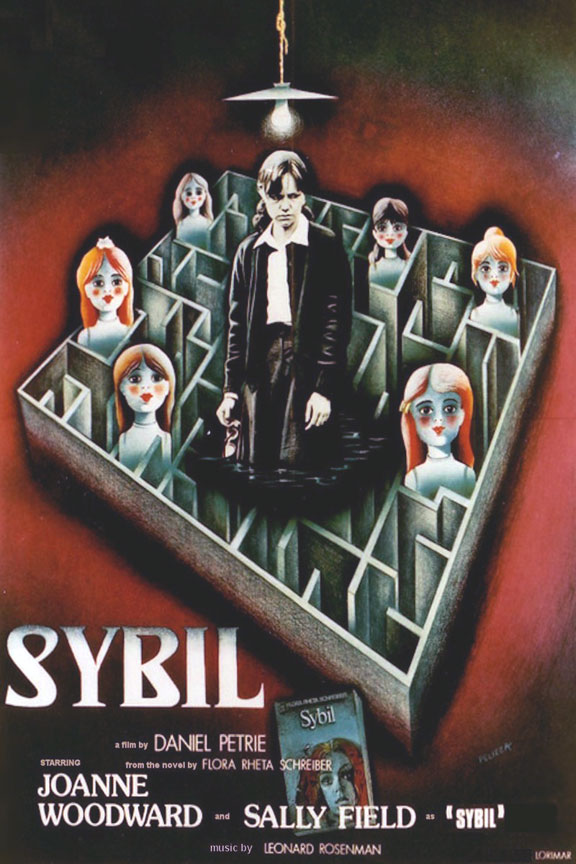May We Be Well
May is the month of May Day, Mother’s Day, Memorial Day, and, for those raised Roman Catholic, the month of Mary, Mother of Jesus. May is also National Mental Health Awareness Month, an observance started in 1949, to educate the public about mental health and mental illness.  Mental Health Month generally follows a theme and this year’s theme is either “well-being” or “sex, drugs and rock and roll,” depending on which organization’s website you read. Conditions thought to be mental illness might be neither mental nor illness depending on what book you read or with whom you’re conversing. Labels and perceptions change and sometimes quickly.
Mental Health Month generally follows a theme and this year’s theme is either “well-being” or “sex, drugs and rock and roll,” depending on which organization’s website you read. Conditions thought to be mental illness might be neither mental nor illness depending on what book you read or with whom you’re conversing. Labels and perceptions change and sometimes quickly.
Early in the twentieth century the condition we now identify as autism was labeled childhood schizophrenia. Schizophrenia as diagnosed today often emerges in the late teens and early twenties. Schizophrenia, referred to as dementia praecox earlier in its history, is often associated with hearing voices, hallucinations, and wrongly, with the nebulous split personality. A diagnosed split personality would more likely fall under the category of dissociative disorders which often stem from trauma and, possibly and probably, brain injuries. Dissociative identity disorder, made famous as multiple personality disorder by the book and movie “Sybil,” may not have existed at all in the patient most known for the condition. Debbie Nathan, in “Sybil Exposed,” describes how the real-life Shirley Mason’s psychiatrist, Dr. Cornelia Wilbur, treated Shirley with sodium pentothal and electroshock while Dr. Wilbur tried to communicate with Shirley’s alter personalities. Memory loss is a side effect of ECT.
Actress Carrie Fisher, speaking about her struggles with addiction, alcoholism and depression, joked that losing memory was a small price to pay for relieving the symptoms of mental illness. I am not knocking anyone else’s chosen path through life’s constrictions and disarray, but it seems that without our own memories, however traumatic they may be, it is difficult to avoid similar pitfalls, or consider past practice in choosing the next right thing. Mind-body processing, and everything we learn, reality-based or myth, starts with our own sensory perception, is encoded by the brain, and stored in the subconscious and conscious awareness that will guide us in the future.

Dissociative identity disorder, was made famous as multiple personality disorder by the book and movie “Sybil starring Sally Field.
According to Steve Silberman, author of “Neurotribes,” autism might seem more common in boys than in girls because in girls, autism manifests as passivity and withdrawal rather than acting out, and so, in girls, goes unnoticed. Gender based differences in how girls and boys are treated account for much.
Distressed young children learning how to quiet themselves might at the same time be NOT learning how to speak for themselves.
Healthy minds grow in context gradually and incrementally. Mental health professionals learn from observing the labeled, hospitalized mentally ill. Watching someone’s outside can miss much on the person’s inside. In a recent NY Times Retro Report, entitled “The Quest for a Psychiatric Cure,” psychiatrist Dr. Amad Eskander suggests that today’s psychiatrists and physicians understand about 1% of what the brain does.
The National Institute of Health’s Brain and Human Connectome Projects seek to map the human brain and its connections using the latest neuroscientific technology. All social science research fights the elevation of hard science causal proofs over soft science deductions. Psychological and psychiatric lab experiments have sometimes excluded environmental variables and ignored human safety and dignity to prove behavioral hypotheses. In the NY Times Retro Report, Dr. Darin Dougherty, states that while neuropsychiatric research had a “dark” period, that darkness occurred nearly a century ago. This is not quite true. As recently as the 1960’s and years after his colleagues disavowed his methods, Dr. Walter Freeman was still pushing ice picks through peoples’ eye sockets into their pre-frontal cortices in life and mind altering procedures Freeman said anyone could perform.
In his book “Patient H.M. – A Story of Memory, Madness and Family Secrets,” Luke Dittrich describes his search for the frequently referenced brain study subject, “Patient H.M.” Henry Molaison was a 27-year-old New Englander who underwent surgery to treat seizures related to a head injury. After surgery, Henry found himself unable to form new memories, continuing his life sequestered as a subject of study in that dark era of neuro-psychiatric exploration. Dittrich’s interest in “Patient H.M.” started because Dittrich’s own grandfather experimented on patients’ brains, including on one woman he knew well.
Women disproportionately found themselves treated with ice baths, electroshock and psycho-surgery.
For all of us, good mental health stems from mind-body awareness and the freedom to seek help for what troubles us. Feeling we need help and asking for it is scary because not everyone agrees on what constitutes good mental health.

Autism might seem more common in boys than in girls because in girls, autism manifests as passivity and withdrawal rather than acting out, and so, in girls, goes unnoticed.
May we all stay healthy.











